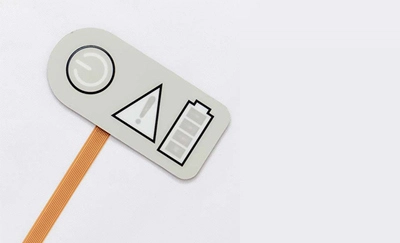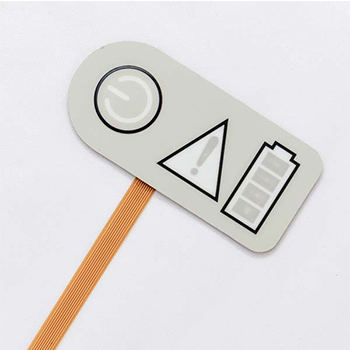
When it comes to choosing a keyboard, one important factor to consider is the actuation point. The actuation point refers to the distance that a key needs to be pressed down before it registers as a keystroke. This is an important consideration because it can affect how quickly and accurately you can type. In this article, we'll explore what the actuation point is in more detail and how it relates to membrane keyboards.
The actuation point is the distance that a key must be pressed down before it registers as a keystroke. This distance is measured in millimeters (mm) and is usually between 1.5mm and 2.5mm. When a key is pressed down to the actuation point, it completes an electrical circuit, which sends a signal to the computer or device that a keystroke has been made.
The actuation point is an important factor to consider when choosing a keyboard because it can affect how quickly and accurately you can type. A shorter actuation point means that a key can be pressed down with less force, which can lead to faster and more accurate typing. A longer actuation point requires more force, which can be slower and more prone to errors.

A membrane keypad is a type of keyboard that uses a flexible membrane as the keyswitch. When a key is pressed down, the membrane collapses, completing an electrical circuit that registers the keystroke. Membrane keyboards are commonly used in portable devices like laptops and smartphones because they are lightweight, quiet, and relatively inexpensive.
Membrane keyboards are different from mechanical keyboards, which use individual mechanical switches for each key. Mechanical keyboards are generally more durable and offer better tactile feedback, but they are also more expensive and louder than membrane keyboards.

In membrane switches, the actuation point is determined by the thickness of the membrane and the amount of force required to collapse it. Because the membrane is flexible, it can be designed with a relatively short actuation point, which can lead to faster and more accurate typing.
However, there are some drawbacks to a short actuation point. Keys can be more prone to accidental presses, which can lead to errors in typing. Additionally, a shorter actuation point can make it more difficult to type accurately if you are used to a longer actuation point.
On the other hand, a longer actuation point can be more deliberate and accurate, but it can also be slower and require more force to type. It is ultimately a matter of personal preference and typing style
![]()
In conclusion, the actuation point is an important consideration when choosing a keyboard. The actuation point determines how much force is required to register a keystroke, which can affect typing speed and accuracy. Membrane keyboards such as silicone membrane keyboard are a popular choice for portable devices because they are lightweight and relatively inexpensive, and they can be designed with a short actuation point for faster typing. However, it's important to keep in mind that a shorter actuation point can also lead to more errors and accidental presses. Ultimately, the best membrane switch panel for you depends on your personal preference and typing style. If needed, choose Niceone-tech as your reliable and professional membrane keyboard company!